Overview of the relationship between Xiaomi and Redmi
When it comes to Chinese smartphones, the two names Xiaomi and Redmi often confuse users. Although they belong to the same group, these two brands are positioned in two different segments. Xiaomi is the parent brand, targeting high-end products, while Redmi is the sub-brand focusing on mid-range and low-cost phones.
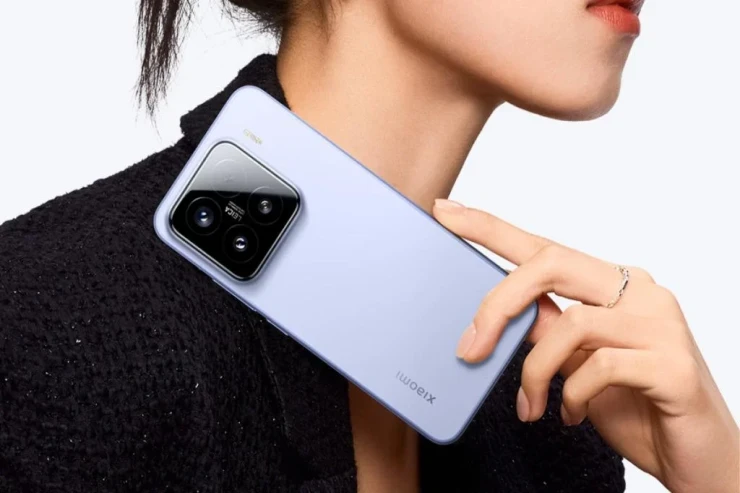
Since 2019, Redmi has been separated to operate independently, but still uses the same core technology and production chain of Xiaomi. Therefore, although having different brands, the two phone lines still share many things in common in terms of software and user experience.
Compare price segment between Redmi and Xiaomi
If you are considering whether to buy Redmi or Xiaomi, the price factor is the most obvious difference. Xiaomi focuses on developing high-end product lines such as Xiaomi 14 5G or Mi 11 Ultra, equipped with advanced technology, strong performance and high-quality cameras.
On the contrary, Redmi targets customers with limited budgets, with models like Redmi Note 13 Pro or Redmi 13C. Despite the lower price, these phones still provide stable performance, enough for daily study, work and entertainment needs.
Compare design and finishing materials
In terms of design, Xiaomi shows high-end investment with metal frame, glass surface and luxurious style. Flagship lines often bring a feeling of firm grip, sophistication and class.
On the contrary, Redmi prioritizes convenience and cost optimization, so most of its products use plastic or imitation glass. However, Redmi still focuses on modern style, thin edges and youthful colors, suitable for young people and ordinary users.
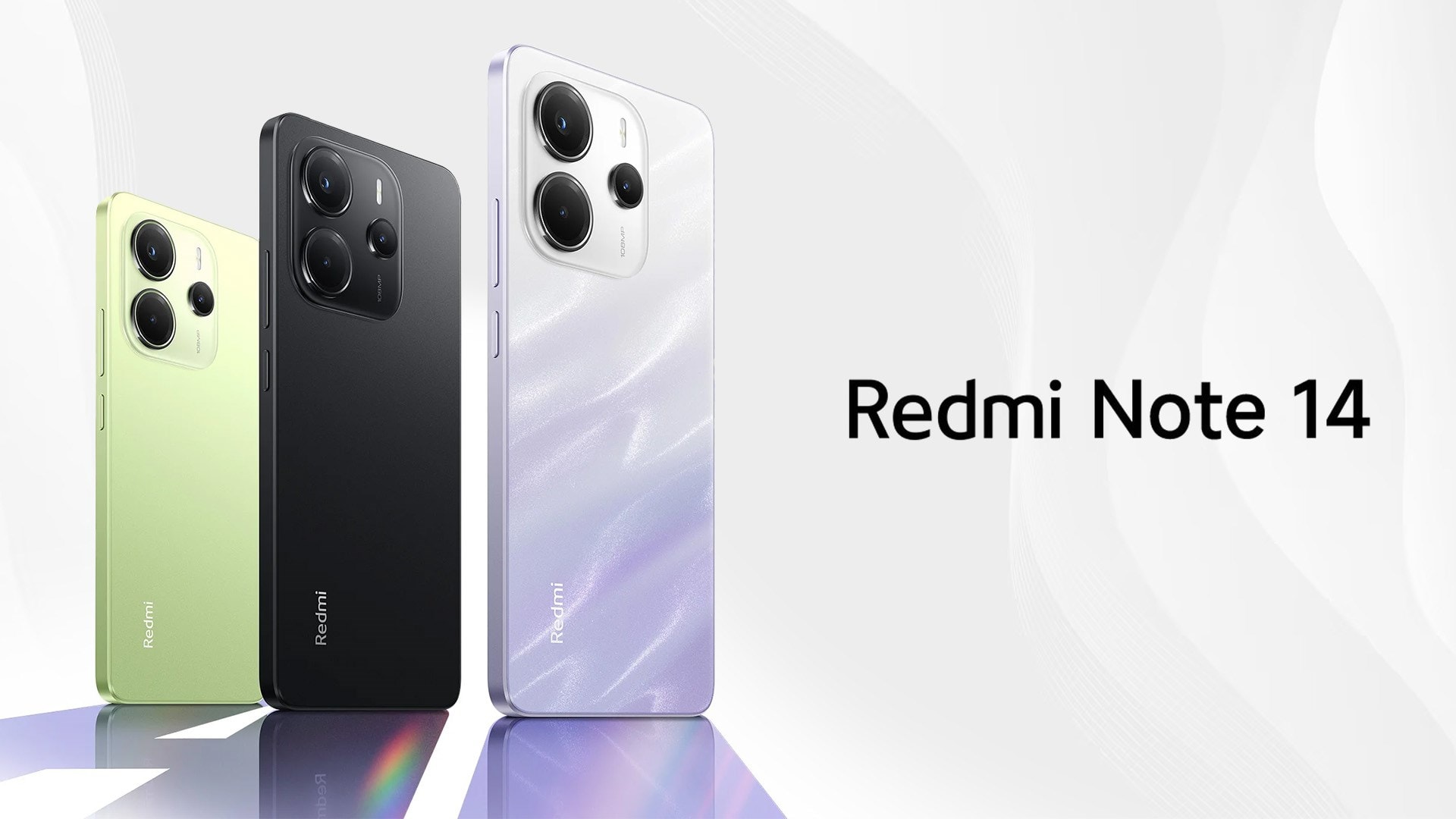
Performance comparison between two phone lines
Xiaomi often equips high-end chips such as Snapdragon 8 Gen 3, large RAM and high capacity internal memory, aiming at users who require strong performance and multitasking capabilities. This is the ideal choice for those who like to play heavy games, edit videos or need fast processing speed.
Redmi, while not reaching that level, still impresses in its price range with Snapdragon 7s Gen 2 or MediaTek Helio G85 chip. Stable performance, energy saving and good response to basic tasks make Redmi a reasonable choice for most general users.
Suggested typical phone models
If you want a powerful flagship experience, the Xiaomi 14 5G is a typical example. It has a Snapdragon 8 Gen 3 chip, 12GB RAM and a high-end camera, providing a smooth experience in all tasks.
In the mid-range, Redmi Note 13 Pro is a standout choice with a 200MP camera, 5100mAh battery and Snapdragon 7s Gen 2 chip. If you need a cheap device, Redmi 13C or Redmi A3 are both reasonable choices, ensuring basic needs without being expensive.
Meanwhile, the Xiaomi 13T offers a balance between strong performance and reasonable price, with a 144Hz AMOLED screen, Dimensity 8200 Ultra chip and a camera cluster in collaboration with Leica, suitable for users who love photography.
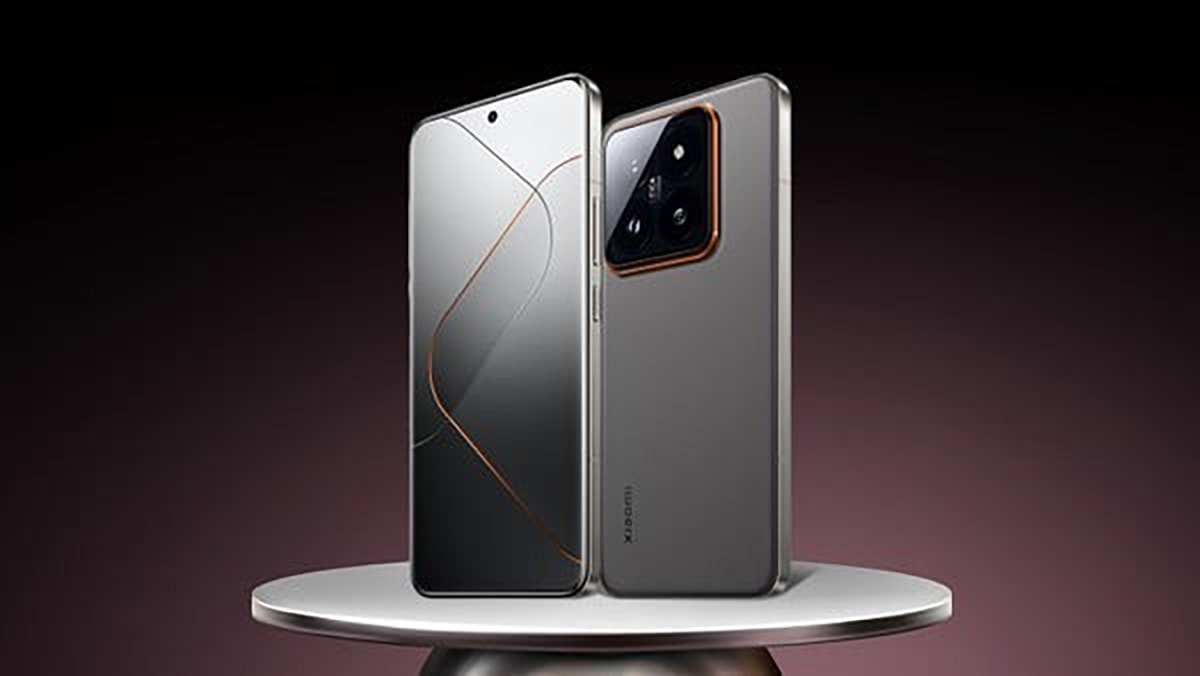
Conclusion: Should I buy Redmi or Xiaomi?
When comparing comprehensively, it can be seen that Xiaomi is suitable for technology-loving users who like high-end and powerful performance, while Redmi is aimed at those who want to optimize costs while still having a good experience.
Both brands are constantly innovating, bringing durable, beautiful and valuable products in each segment. If you want a high-end phone, choose Xiaomi. If you want to save money but still have a smooth experience, Redmi is the smart choice.
Source: https://baodanang.vn/so-sanh-dien-thoai-redmi-va-xiaomi-nen-mua-hang-nao-dong-nao-3306554.html






![[Photo] National Assembly Chairman Tran Thanh Man attends the VinFuture 2025 Award Ceremony](/_next/image?url=https%3A%2F%2Fvphoto.vietnam.vn%2Fthumb%2F1200x675%2Fvietnam%2Fresource%2FIMAGE%2F2025%2F12%2F05%2F1764951162416_2628509768338816493-6995-jpg.webp&w=3840&q=75)
![[Photo] 60th Anniversary of the Founding of the Vietnam Association of Photographic Artists](/_next/image?url=https%3A%2F%2Fvphoto.vietnam.vn%2Fthumb%2F1200x675%2Fvietnam%2Fresource%2FIMAGE%2F2025%2F12%2F05%2F1764935864512_a1-bnd-0841-9740-jpg.webp&w=3840&q=75)
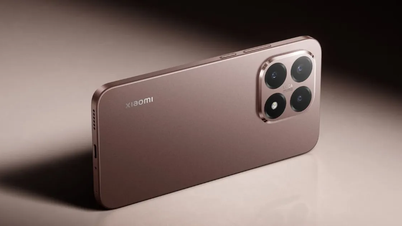

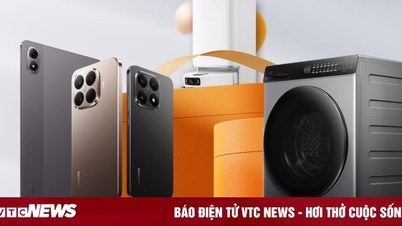




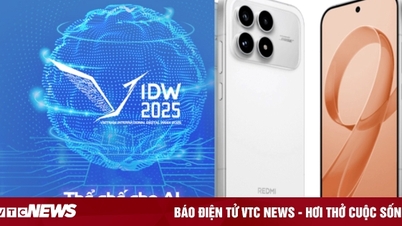
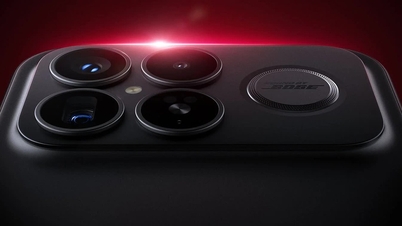





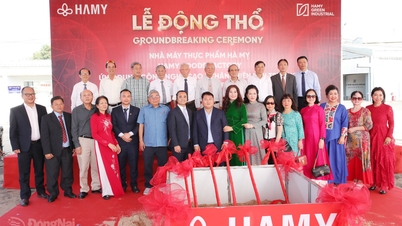



































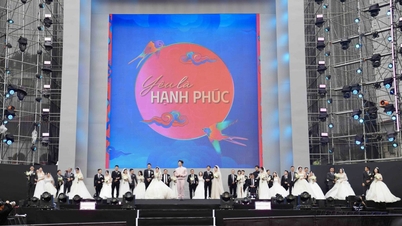

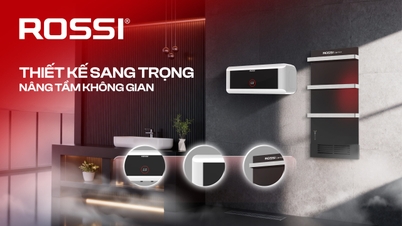



















































Comment (0)